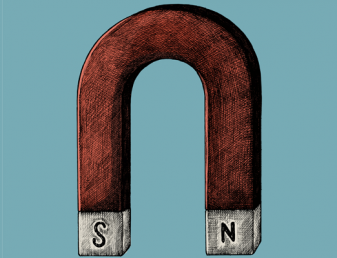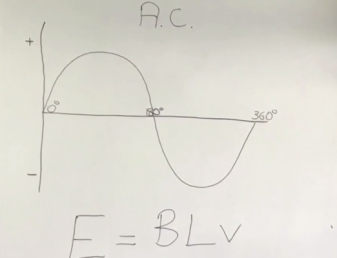This excerpt from ABB introduces the technology inside and miniature circuit breaker (MCB).
What does an MCB do?
The short answer: it protects wires from overloads and short-circuits. When we look on the inside of an MCB we can see how that actually works.
For overload protection the temperature of a bimetal, through which the current passes (yellow area), is decisive. If  the nominal current—the current the circuit breaker is designed for—rises slightly, the bimetal heats up to a greater extent and, after a certain period of time, this causes the switching mechanism to trip.
the nominal current—the current the circuit breaker is designed for—rises slightly, the bimetal heats up to a greater extent and, after a certain period of time, this causes the switching mechanism to trip.
Short-circuit protection is located in the electromagnetic coil (green area). In the event of a short-circuit, the current rises very sharply and the coil creates a magnetic field that both trips the switching mechanism and opens the contacts via a quick release mechanism. The additional quick release for opening the contacts in the event of a short-circuit helps to keep the energy of the short-circuit to a minimum, which in turn keeps the ‘stress’ the wires are subjected to, as low as possible.
In both cases, i.e. short circuit or overload, the shutdown process results in an electric arc between the contacts of the MCB. This electric arc is actually counterproductive when trying to ensure a separation of the two circuits. In order to extinguish the arc, which has a temperature of more than several thousand degrees Celsius, it must be directed away from the contacts, over the arc runners, and past the prechamber plates to the arc chamber (blue area). In the arc chamber, the formerly powerful electric arc is split into several smaller arcs until the driving voltage is no longer sufficient and they are extinguished.
Today MCBs are installed in all our homes, offices and other buildings, protecting the electrical wires from damage.
This article was originally published on the ABB website.






